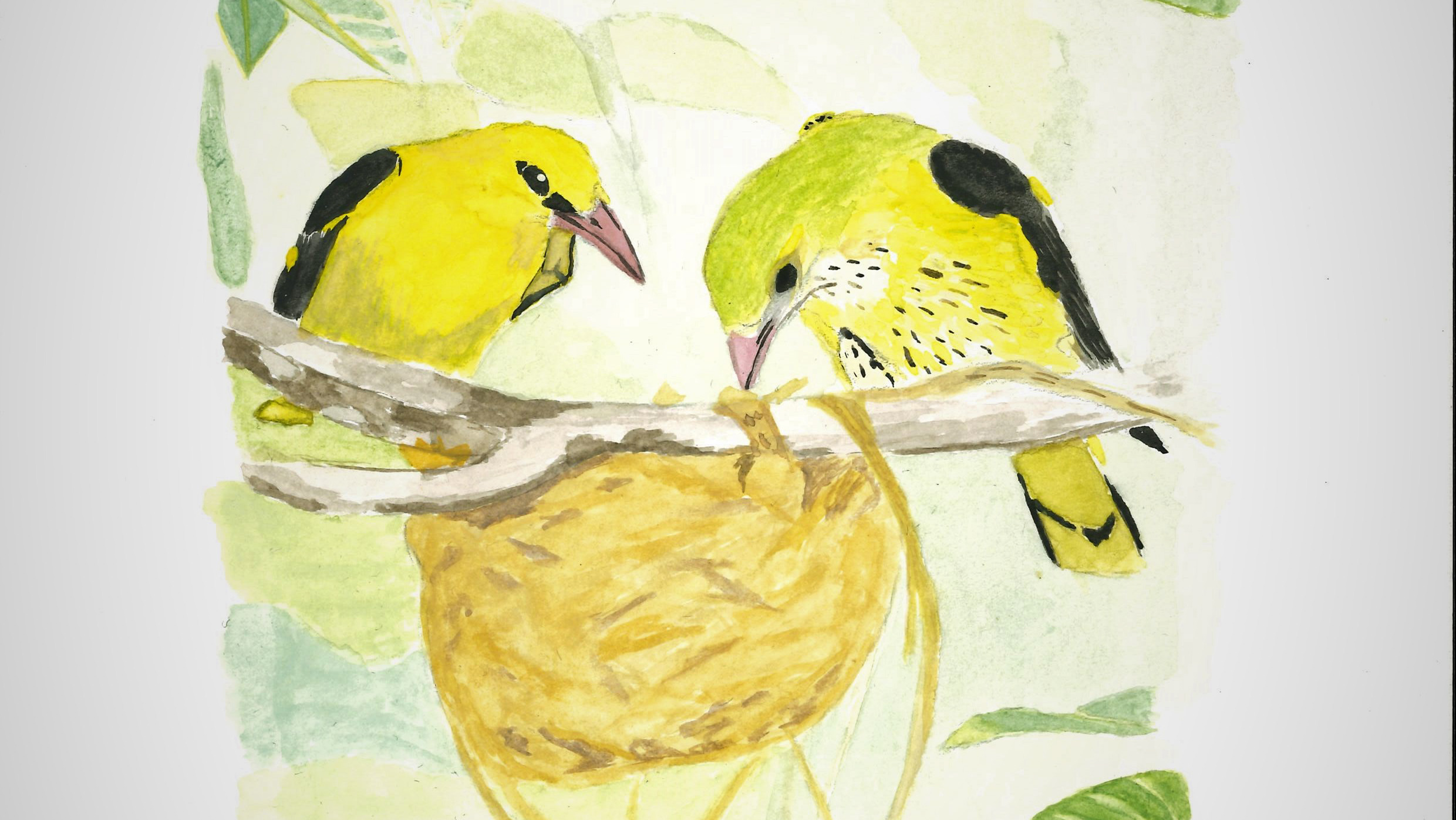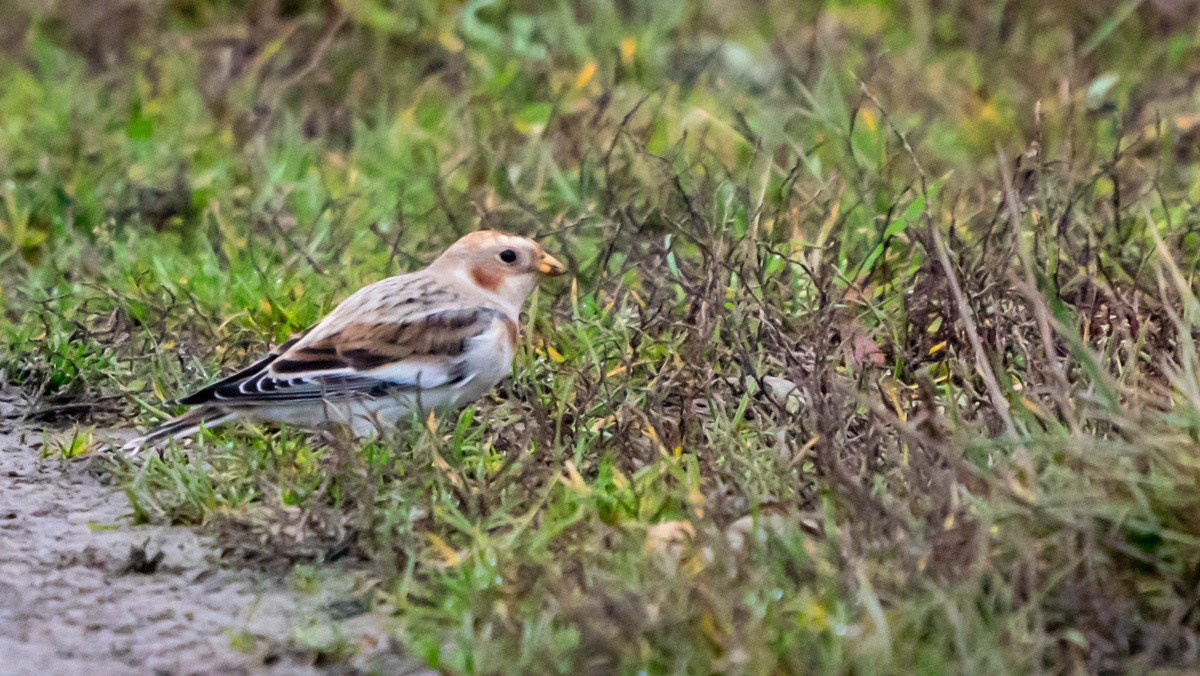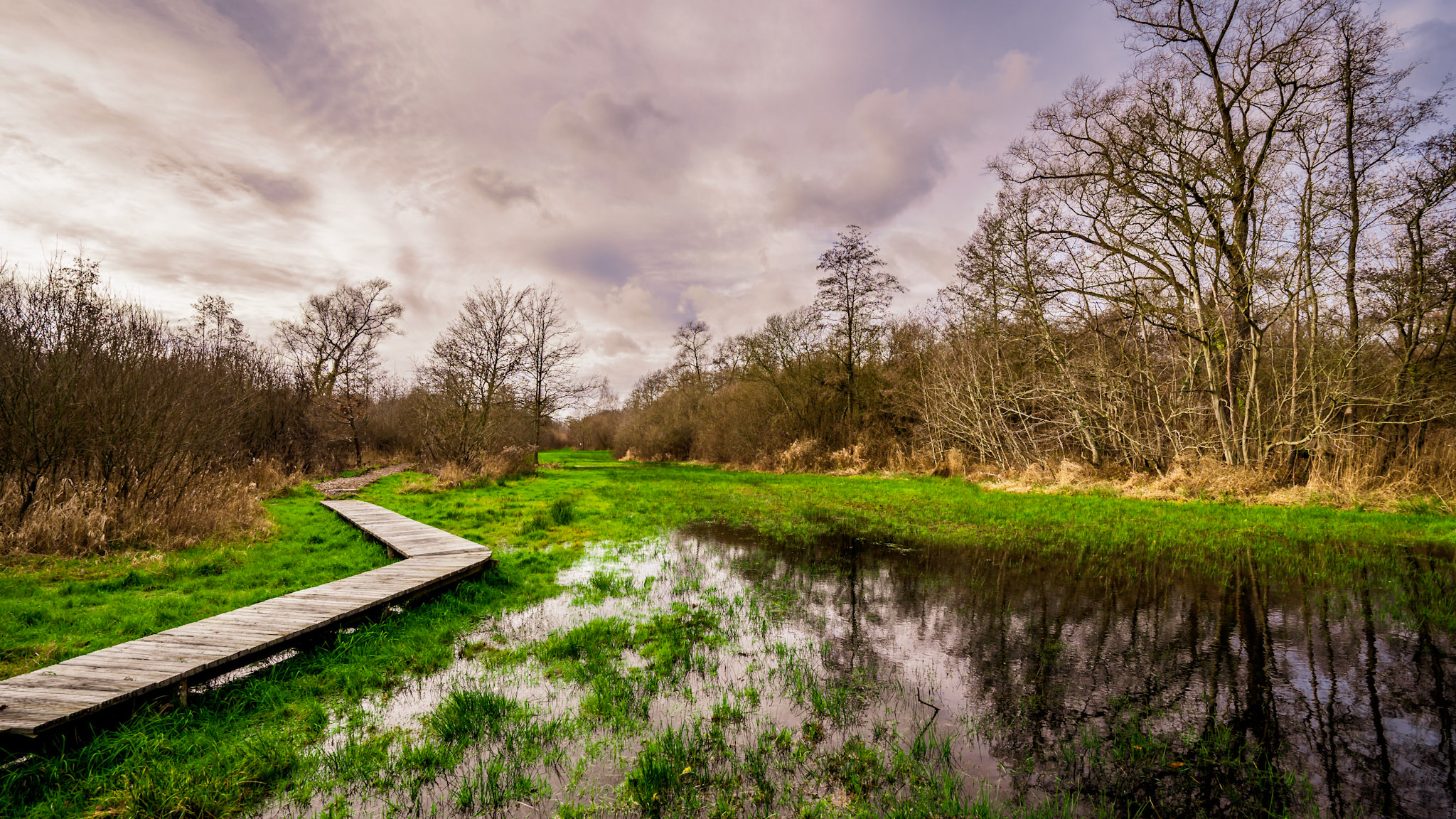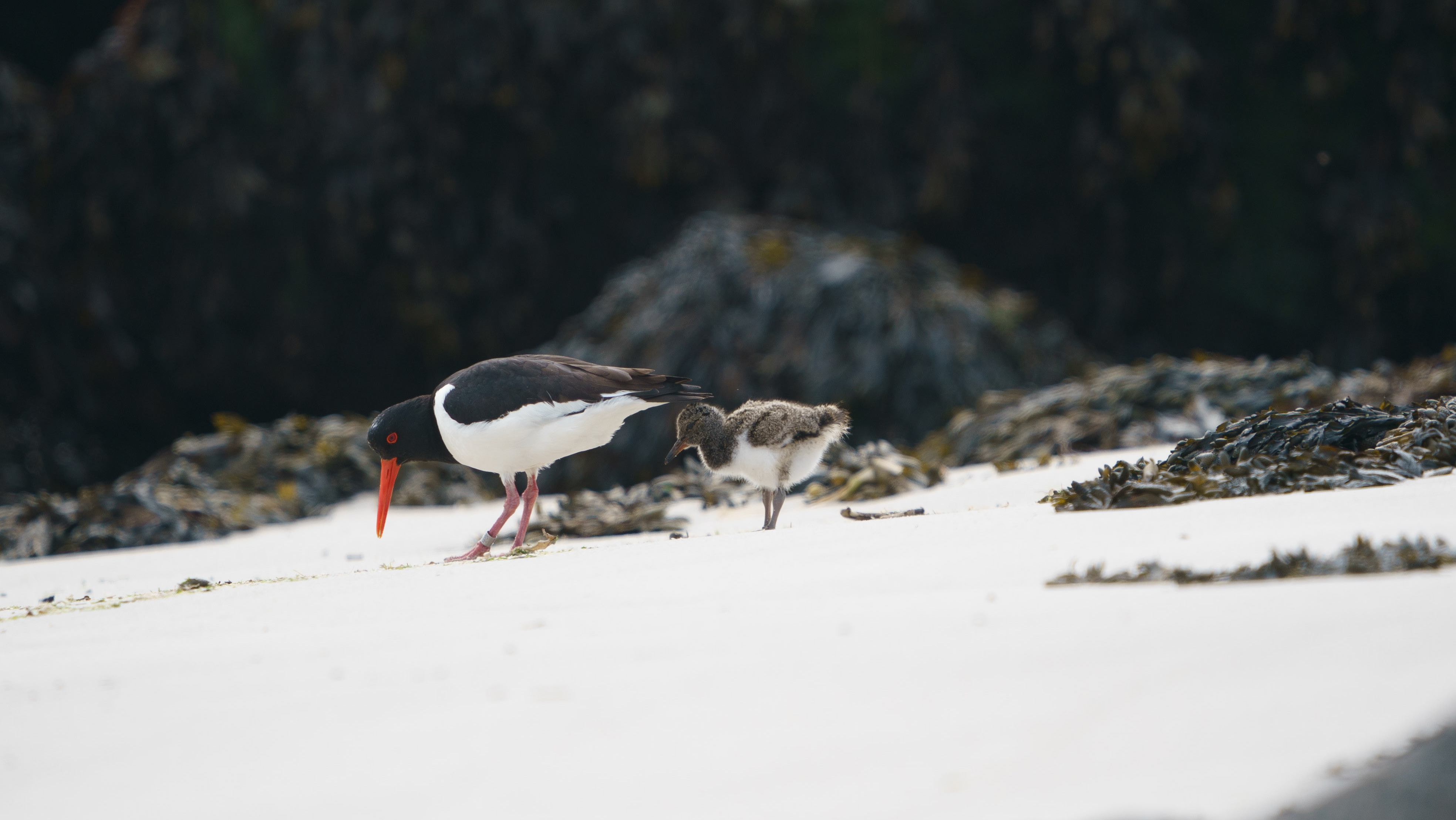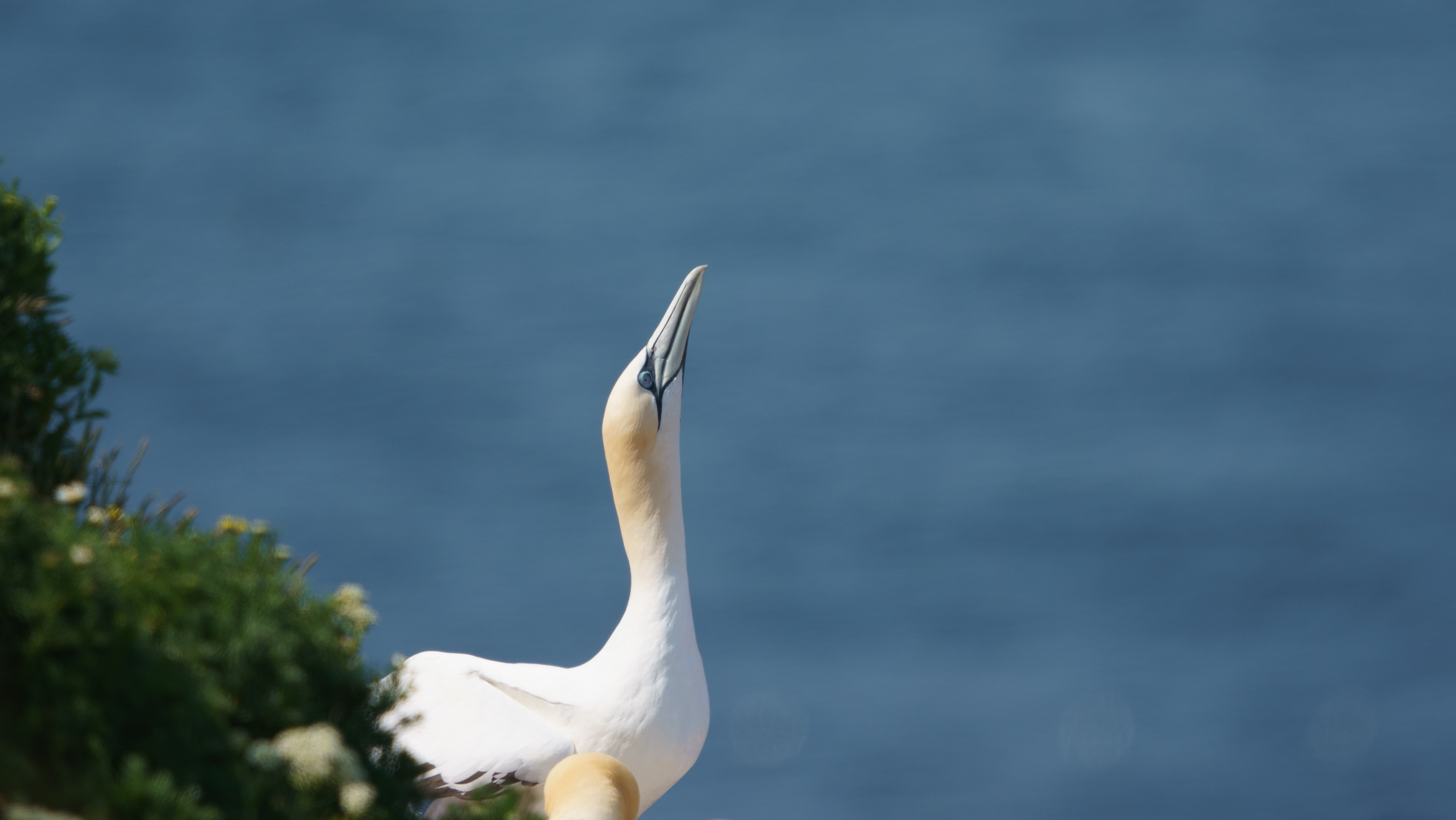What is rustling through the reeds? It's a ....
Yes! Red-backed Shrike spotted in Webbekoms Broek.
This bird species has been on my to-bird list for a while, but I didn't manage to go to Webbekoms Broek. Something kept coming up and thanks to the field exercise and excursion related to the ongoing Nature Management course at Inverde, I couldn't resist arriving earlier and staying longer after the excursion.
This bird species has been on my to-bird list for a while, but I didn't manage to go to Webbekoms Broek. Something kept coming up and thanks to the field exercise and excursion related to the ongoing Nature Management course at Inverde, I couldn't resist arriving earlier and staying longer after the excursion.
The Red-backed Shrike (Lanius collurio) is the smaller brother of the Black-backed Shrike (Lanius excubitor) and is very easy to recognise by its grey head with black eye stripe and reddish-brown back and wings. Females are less conspicuous than males due to their brown mask.
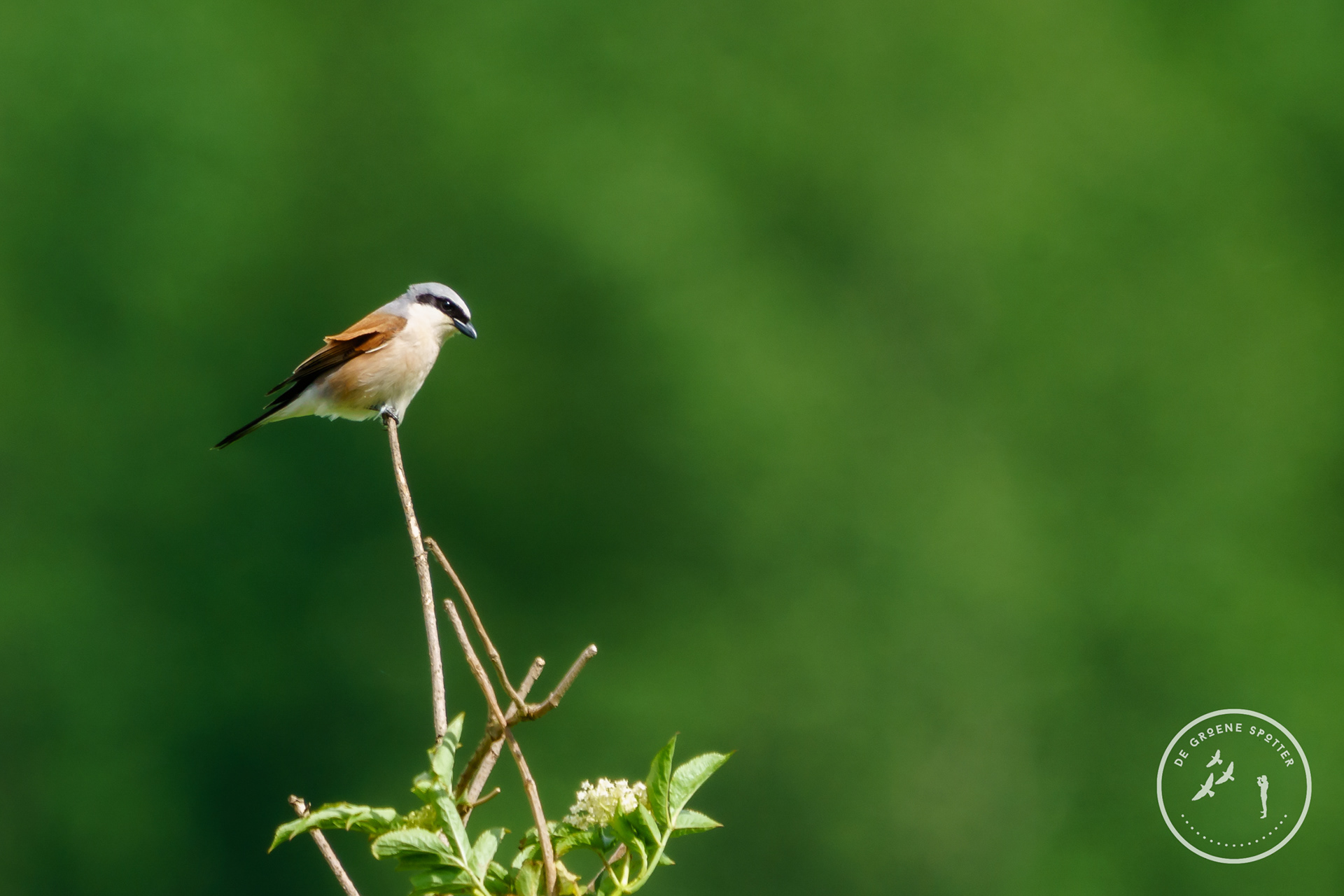
Grauwe Klauwier (mannetje)

Klapekster
In Flanders, the Red-backed Shrike has also been given other names, such as Field Shrike, Bonte Klepper, Bonte Antwerpenaar, Hulst Shrike, Kleine Valk and Haagklauwier. But I personally think the cutest name is Zorro bird, thanks to its bandit mask.
Did you know that this medium-sized songbird impales its prey on thorns of bushes. This is how he stockpiles food.
It seems to have adopted the lurid practices of Vlad The Impaler (also better known as Vlad Dracula). Or was it the other way around? 🤔
It seems to have adopted the lurid practices of Vlad The Impaler (also better known as Vlad Dracula). Or was it the other way around? 🤔
Vlad Dracula was a formidable protector of Wallachia (present-day Romania 🇷🇴) when the Ottomans 🇹🇷 moved into his territory. All captured soldiers were impaled on wooden poles to frighten their opponents.
The Red-backed Shrike thus has the allure of a small bird of prey, and it is. Apart from insects, it occasionally dares to hunt small rodents or smaller birds.
Vlad III, nicknamed Vlad the Impaler or Vlad Dracula was monarch in Wallachia in 1448. He strongly opposed the Turks and their expansion of Ottoman Empire.



This grey-brown-clawed warbler occurs in Belgium from May onwards, after its wintering period in southern Africa. It returns to warmer places in August.
You will find the Zorro bird mainly in semi-open landscapes with textured vegetation. Dense thorn bushes are its favourite habitat, which is where it will breed. Thanks to the boccage landscape in Webbekoms Broek, this is the ideal habitat for Red-backed Shrikes with the small trees as vantage points for potential prey.
Around the 1970s, the Red-backed Shrike counted 350 breeding pairs, but in the last 1990s this bird was no longer found in Flanders. The species is now threatened with extinction and now occurs in Flanders with less than 80 breeding pairs. Thus, it is on the Flemish Red List of protected species.
For this reason, it is important to protect its habitat from intensive agriculture, as well as avoid overgrowth and desiccation in these areas.
Therefore, more attention should be paid to semi-open landscapes with flowery grasslands, hedge edges, thorny bushes (such as mayflower and blackthorn) and pollarded willows.
Therefore, more attention should be paid to semi-open landscapes with flowery grasslands, hedge edges, thorny bushes (such as mayflower and blackthorn) and pollarded willows.
Let's hope we can realise such habitats in Haacht and its surroundings in the future.
